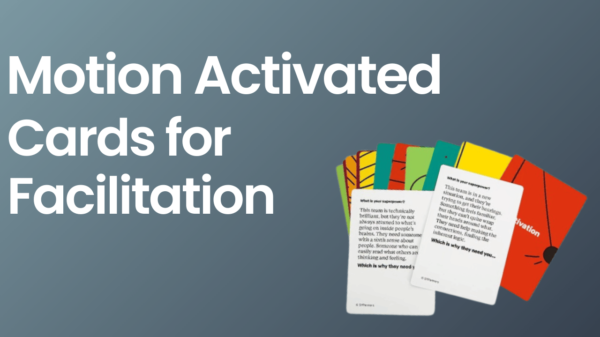Table of Contents
ToggleIs Connections a puzzle-based word game like Wordle? Well, there is a half-truth to it. Connections NYT is one of the most challenging word games to keep your brain sharp, being much more than a simple vocabulary quiz that Wordle offers. Consider it a real workout to improve lateral thinking as solvers’ associative thinking powers are put in question. The players will find themselves digging up relations between apparently “dissimilar” words. But, yes, in an enjoyable manner while letting you learn something new every day!
Presenting a fusion of easy and deceptive challenges, the game editors have creatively included words that might fall into more than one group. Remember, the Connections game NYT categories are always more specific and never unnecessarily as broad as “5-letter words.”
How to Play the NYT Connections Game?
Usually, playing comes naturally. But becoming skilled at the game to win every time presents a real challenge!
Start by analyzing the provided 4×4 grid of words (16 in total) and categorizing those that have a shared theme – traits, characteristics, etc. It is time to think in full capacity to spot the relevancy in the words, bearing in mind any missing parts. The best practice for NYT game Connections is to experiment with word placement. It will help you note down shared similarities among other grid words.
Now, choose the four words that you consider are correlated and click “Submit.” Is your grid still gray? The answer is wrong and you must have lost one of the four chances. Try comprehending the NYT Connections hint you have given after a mistake. The trick is to begin with the easier matches and save the harder ones for later.
Once submitted, what does it mean to get a pop-up message “one away!”? That means you are almost right in grouping words. All you need is ONE correct word to win. Don’t think about swapping out one word erratically, as the wordplay frequently presents similar options, leading to the possible loss of another chance. The solution is to be wiser, remove every word you’ve guessed, and move forward with a different set to get the misplaced word from your initial picks.
Each puzzle of the NYT Connections game will have ONE answer. In general, the groupings are kept more specific and coded by color. The order of difficulty trickles down from yellow to green, blue, and purple (toughest). You better be not misled by seeming simplicity. The game is likely to deceive you with its unanticipated twists.
Three essential points in NYT game Connections to consider are:
- One of the hacks to take a win is to make use of “Shuffle,” which will rearrange the words. It will give way to finding new connections.
- Four mistakes will end the game.
- Players must take hints to avoid losing.
The results will appear on your screen displaying your performance in Connections game NYT after you have submitted all your responses and completed all attempts. You’ll be presented with a grid in different colors representing right and wrong answers.
After observing your final results, you will know how long you need to wait through the timer. Right below the clock, there’s a ‘Share Your Results’ button that lets you share your results with your friends or competitors. This spec is valuable in nurturing a sense of community among puzzle fanatics, providing opportunities for players to share their successes.
Tip: There are plenty of websites that provide Connections NYT answers and hints on a daily basis.
Bottom Line
Added to a collection of NYT games, this category-matching wordplay is edited by Wyna Liu. The Connections NYT game seems pretty much similar to the game called Connecting Wall, released from the BBC quiz show Only Connect. Also, it is available across numerous platforms with a user-friendly interface. What’s more? Spanish and Portuguese are in luck, as they get their language-specific versions named Connections Español and Conexo Jogo, respectively.
No matter if you are a seasoned puzzle solver or a newcomer looking for ways to polish cognitive skills, it not only stimulates the mind but also entertains users.


















